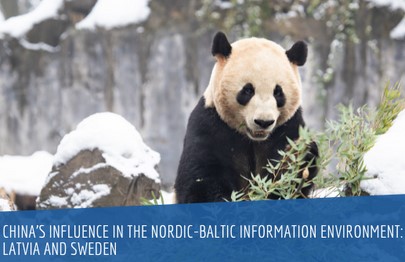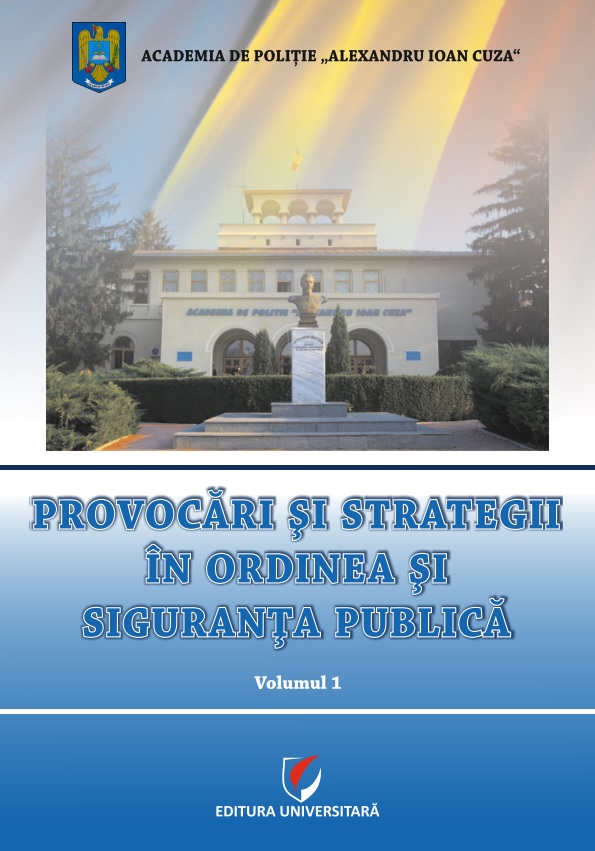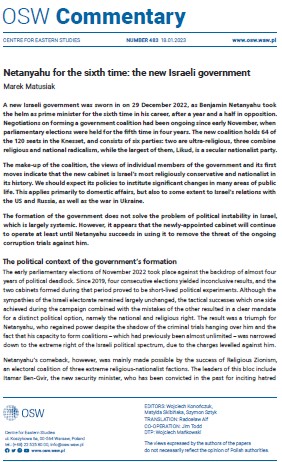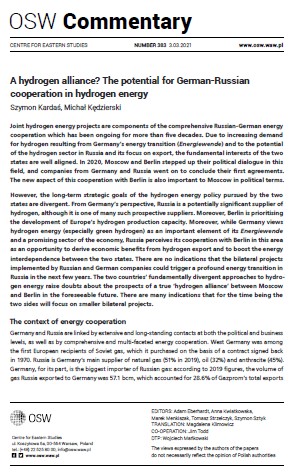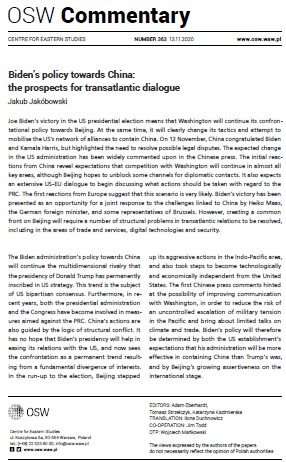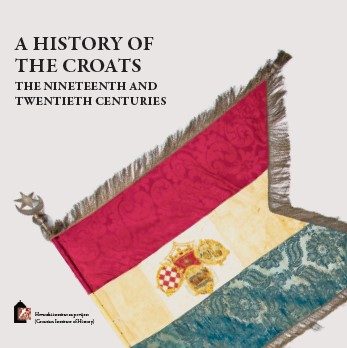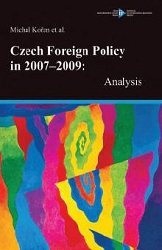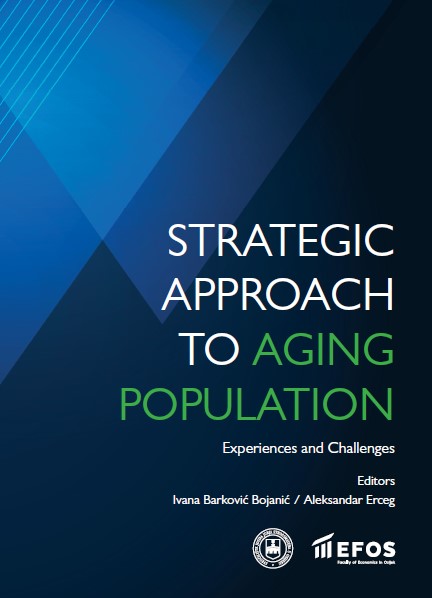
Strategic Approach to Aging Population: Experiences and Challenges
People across the world are living longer. According to the World Health Organization (2018), the world population that is older than 60 years will reach 22% by 2050, amounting to 2 billion people, which is a significant increase from 900 million in 2015. The number of older persons will outnumber children younger than five years. The pace of population aging is much faster than before, forcing all countries to face challenges that age brings, from health issues to human rights issues, each requiring proper policy response. As societies grow older due to increased longevity and improved health, older people change in terms of expectations they have related to life in the retirement age. There are many inspiring examples of older persons who want to pursue new activities, such as education, engage in a new career that corresponds to their passion neglected earlier, or continue to be a productive family or community member. It is not surprising to see that some older persons do not make a direct transition from employment to retirement but rather self-employment, implying a positively inverted U-shaped relationship between age and entrepreneurship. For example, to prove it, let us remember the founders of McDonald’s, Coca Cola and Kentucky Fried Chicken, were all over 50 years old when they established their business. One can conclude that older persons are heterogeneous, making aging difficult to handle research and policy-wise.
More...



